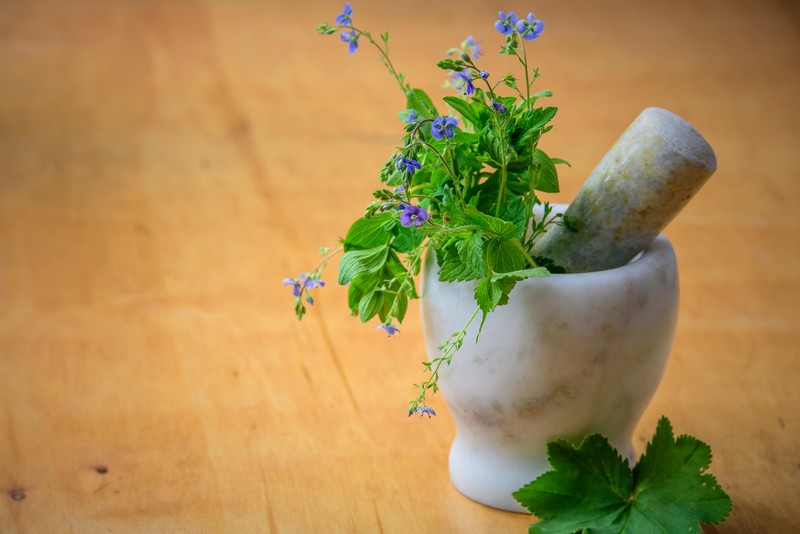Salt is everywhere. It seasons our soups, livens up our chips, and hides in almost every processed meal. But is sodium in your diet a danger to your health or an essential mineral that’s simply misunderstood?
The answer, as it often is with nutrition, lies in balance.

What Sodium Does in the Body: Essential but Risky
Sodium is a mineral that your body needs to function properly. It helps regulate fluids, supports nerve and muscle function, and helps maintain blood pressure. In fact, without sodium, your cells wouldn’t work as they should.
However, too much sodium can lead to serious health problems. It’s a classic case of “too much of a good thing.” When sodium levels are consistently high, your body retains more water, which increases blood volume. This puts extra pressure on your heart and blood vessels.
Recommended Daily Intake: WHO and EFSA Guidelines
Health organisations agree that we need sodium, but only in small amounts:
- World Health Organization (WHO): Recommends less than 2 grams of sodium per day, which equals 5 grams of salt (about one teaspoon).
- European Food Safety Authority (EFSA): Sets a similar guideline of 2 grams of sodium per day for adults.
Despite these clear limits, many Europeans consume far more than recommended—often unknowingly.
The Risks of Too Much Sodium
Consuming too much sodium over time increases the risk of several serious conditions:
- Hypertension (High Blood Pressure): Sodium makes your body hold on to water, raising blood pressure and straining your heart.
- Heart Disease: Persistent high blood pressure damages arteries, increasing the risk of heart attacks.
- Stroke: High sodium intake is linked to a higher risk of stroke, one of the leading causes of death in Europe.
Reducing sodium intake is one of the simplest ways to lower your risk of cardiovascular disease.
Where Salt Hides: Surprising Sources of Sodium
You might think you don’t use much salt, especially if you rarely reach for the shaker. But sodium hides in many everyday foods:
- Packaged snacks and ready meals
- Cured meats and sausages
- Cheese and processed dairy
- Canned soups and sauces
- Bread and baked goods
- Breakfast cereals
Even foods that don’t taste salty can contain high sodium levels. That’s why checking food labels is key.
Tips to Reduce Salt Without Losing Flavor
Cutting back on sodium doesn’t mean sacrificing taste. Here are some smart swaps and cooking habits to help you stay flavourful and heart-smart:
- Use herbs and spices: Garlic, basil, oregano, rosemary, cumin, and pepper can all add depth.
- Try citrus and vinegar: Lemon juice or balsamic vinegar can enhance flavour without salt.
- Cook more at home: Homemade meals give you full control over ingredients.
- Rinse canned foods: Especially beans and vegetables, to remove excess sodium.
- Read nutrition labels: Choose products marked “low sodium” or “no added salt.”
- Limit condiments: Soy sauce, ketchup, and salad dressings are often high in salt.
A Balanced Recommendation for EU Diets
The goal isn’t to eliminate sodium entirely—it’s to find the right balance. For most healthy adults in Europe, staying under 2 grams of sodium per day is both safe and achievable with a few mindful changes.
If you have high blood pressure or cardiovascular concerns, speak with a healthcare professional about personalised sodium guidelines.
And remember: real flavour doesn’t come from salt alone.
Stay Informed, Stay Healthy
Understanding sodium’s role in your diet can empower you to make smarter food choices—without giving up enjoyment. For more tips on eating well, visit our Nutrition & Lifestyle blog category.


















